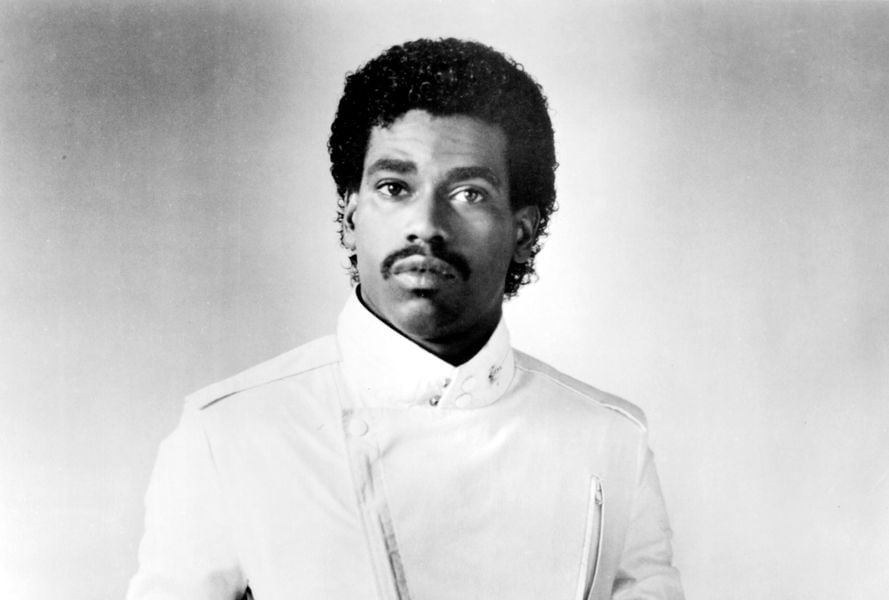Rap music is so ubiquitous today that it’s remarkable to think that it took until this day (August 19th) in 1980 for the rap single to be certified gold. In just over 40 years, it has gone from a marginalised art form to chart music’s leading alternative voice, and its commercial success all started with one seismic record.
Not since Neil Armstrong has a man claimed as many firsts as Kurtis Blow. With ‘The Breaks’ he claimed the first rap song to sell over 500,000 copies and smash gold status. Moreover, it was released on a major label after the pioneering star signed to Mercury Records back in 1980. And the album itself, Kurtis Blow, made a huge mark on the rap scene and showed the genre could enjoy sustainable success.
The party atmosphere to the song and the Nile Rodgers-like guitar riff went on to be sampled by a slew of other musicians in the wake of its release. As such, it was a direct reference point for a lot of the rapper records that followed were instrumental recordings weren’t possible in the same live manner that Blow fashioned.
In an interview with Songfacts, Blow explained the idea behind the track, stating: “The concept was created as a tribute to all the breakers in and around the South Bronx and Harlem back in the early days of hip-hop. I wanted to do a tribute song with many breaks so that the breakers could get down and do their thing. When we danced during the breaks of a song, that was our time to go off – to do our best moves.”
As Promethean and singular as the track and the whole genre of rap for that matter may have seemed, there was also a profound link back to blues music in the piece, which Blow explained when he remarked: “I think it came out in 1920 or something, where a guy was talking, saying – ‘Oh, your girlfriend left you, and you lost your job and your car got towed away, well don’t worry, tomorrow the sun will shine and everything will be alright’ – good breaks and bad breaks can happen in life, but don’t worry because there’s always another tomorrow.”
Further adding: “We wanted to repeat that concept and have the many meanings within one song. We put it together and had the greatest musicians play – John Tropea on guitar, Jimmy Bralower on drums, Larry Smith, who went on to produce Run-D.M.C. and Whoodini played the bass, Denzil Miller on keyboard.”
This grounding gave the song gravity and a sense of introspection that helped advertise the genre’s depth to the mainstream and contributed to its success. New York City was in the grips of a historic heat wave that contributed to crime and unrest during a fractious period for the city. Blow’s record seemed to dish out some street-level cognisance of this while maintaining the upbeat tenet of early hip hop, exhibiting the salve that rap could offer.
As Blow would remark years after its release: “In the ’70s, inner-city buildings in the Bronx were burning down on one side of the street, while the kids on the other side were building a culture called hip hop.” ‘The Breaks’ represented the moment that this cultural movement usurped the status quo, and it did so in style.
